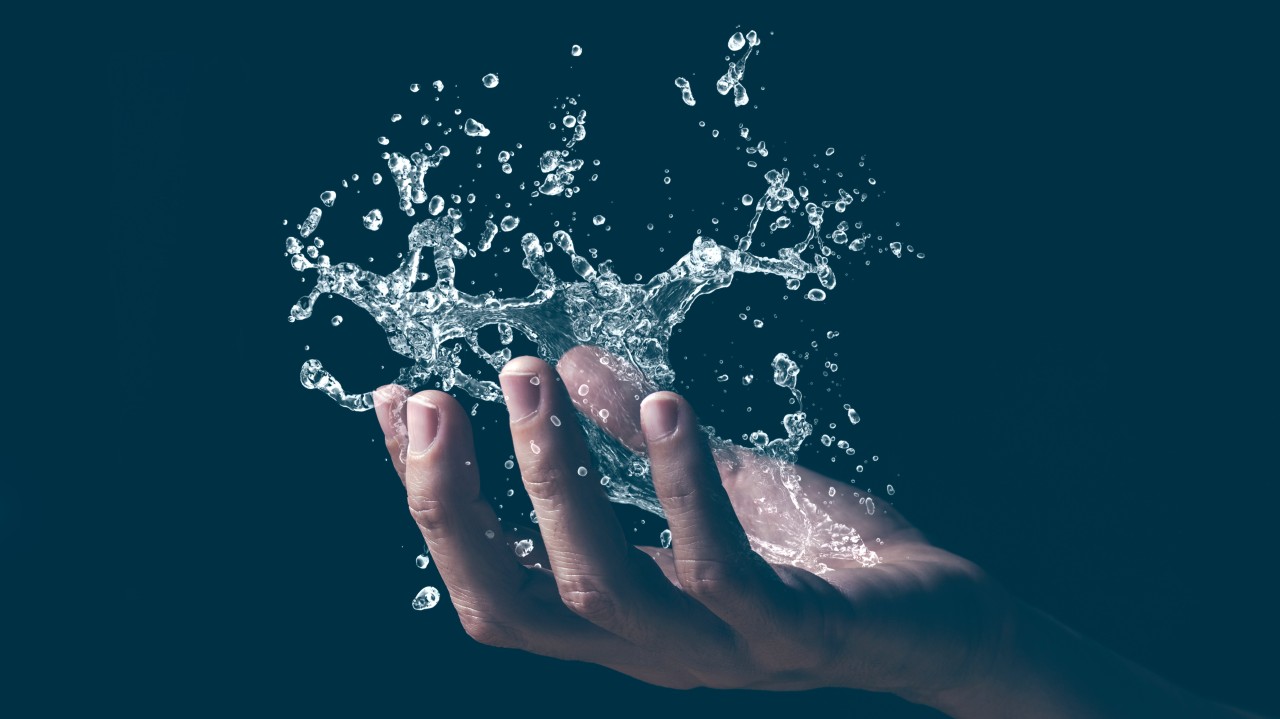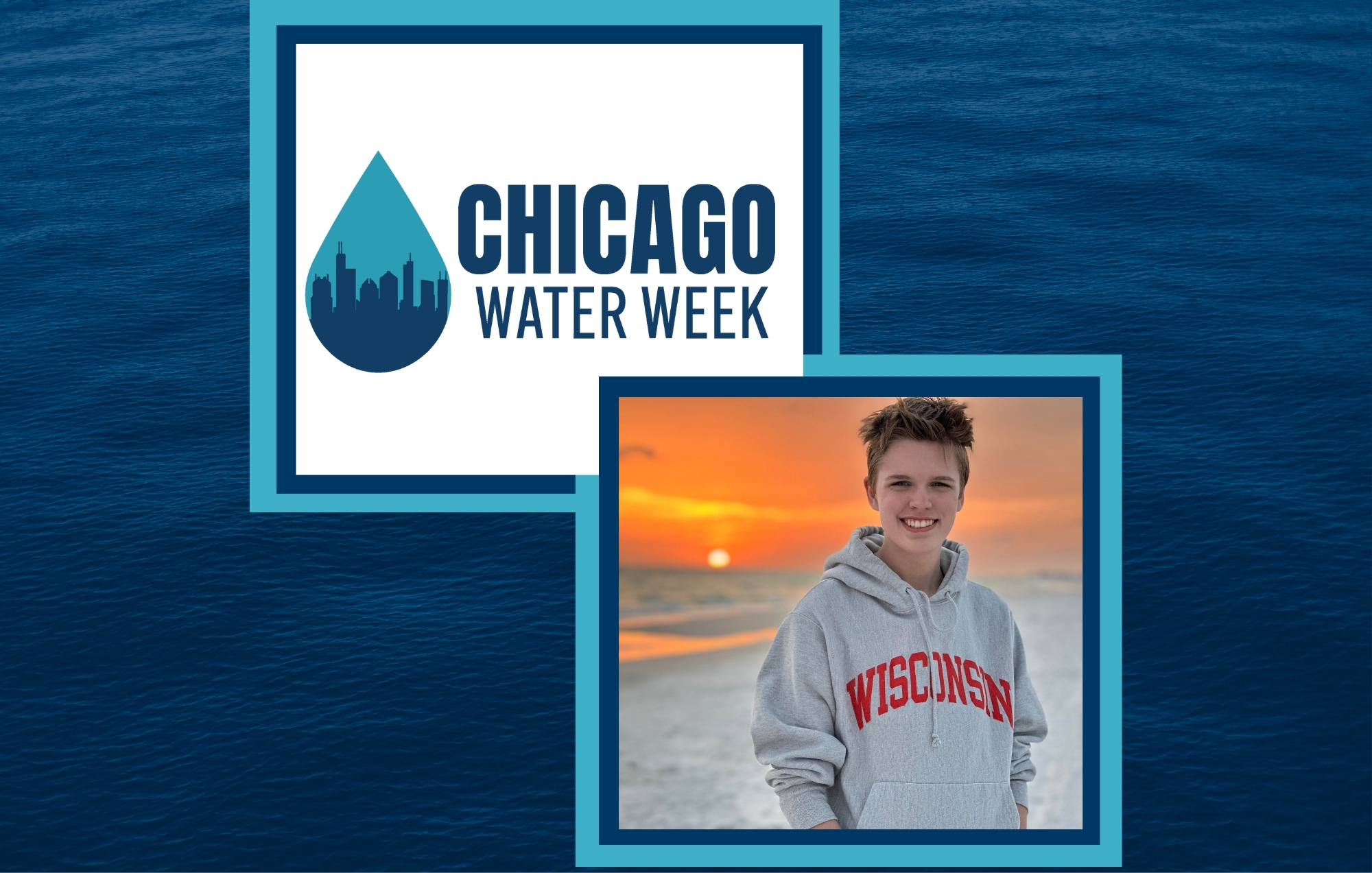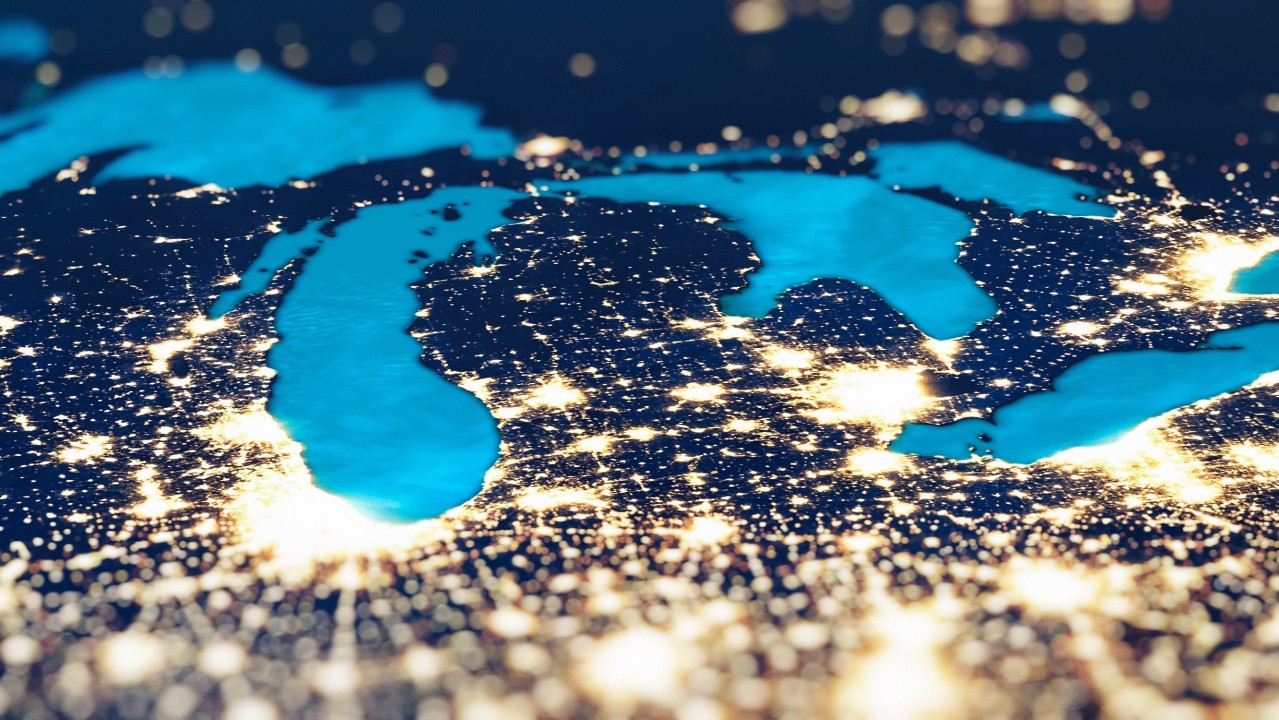One of the most essential components to solving the world’s water crisis lies in understanding the many complex issues surrounding it. This is a key reason Current has created our Research Consortium, a global center of excellence in water research that includes world-class institutions and utilities. Among these valued partners is The U.S. Department of Energy’s Argonne National Laboratory, the nation’s first national laboratory and an incredible facility dedicated to conducting leading-edge basic and applied scientific research in a broad spectrum of scientific disciplines.
As Argonne’s Director of both the Center for Molecular Engineering and the Advanced Materials for Energy-Water Systems Center, Seth Darling is, without a doubt, one of the more advanced minds in the world of science and engineering. However, when talking about water, he uses some surprisingly simple terms.
“Water is the weirdest molecule known to humanity,” Darling says. “Made up of just three atoms, it looks simple, but it is full of anomalies.” A few examples he cites are water’s extreme heat capacity, its ability to act as a universal solvent and that when frozen, ice is actually less dense than fluid water.
Another unexpected reference he makes regarding water is its invisibility. “The truth is that water is—in a virtual sense—in everything we touch and use every day.” Darling explains, “Phones, cars, food, everything.” Take a closer look at this concept he presents, and you might be very surprised.
For example, 90 gallons of water go into the creation of a single container of Greek yogurt. And it takes 643 gallons of water to make just one hamburger. With a larger product, like a car, the numbers jump drastically. It takes 11 gallons of water to make one pound of steel, and the average car contains 2,400 pounds of steel, which means it takes more than 26,400 gallons of water to make a single car. With a reported 79 million cars and trucks sold globally in 2018, that is over 2 trillion gallons of water used within a single industry in a single year.
Just as we’ve begun to value the embedded energy and carbon content hidden in what we produce and consume as part of addressing climate change, Darling says we need to start seeing embedded water content. “If you can start seeing invisible water, it will help you see new ways to conserve,” Darling explains. “It’s not just about what we consume, it’s also about how we live and finding bigger ways to change the game.”
Darling knows a thing or two about changing the game. He, along with a team of innovators, invented the Oleo Sponge, which has been called a revolution in oil spill cleanup technology.
The Oleo Sponge, in a nutshell, is a polyurethane foam that has been treated to act as a “smart sponge” when it comes to oil cleanup. “We modified the foam, so it loves oil and hates water,” Darling explains. This means when used at the location of a spill, the sponge will soak up the oil and other petroleum products only, leaving the water where it belongs.
The modification of the foam occurred in two steps. The first was to infuse metal oxide into the fibers that make up the foam in order to create an anchor that would prime the material for step two. Here, the primed sponge was dipped in a solution of oleophilic (informally defined as ‘oil loving’) molecules that could, in turn, stick to the metal.
In addition to its capacity to soak up as much as 90 times its weight in oil, the sponge can capture oil below the water’s surface, whereas current industry-standard technologies only deal with oil slicks right at the surface. Furthermore, the Oleo Sponge is reusable, which dramatically reduces waste that results from such cleanups. In some cases, the oil and other petroleum products that are recovered by the Oleo Sponge can be salvaged for future use as well.
Little wonder the Oleo Sponge has been getting more and more attention. It has won the Editor’s Choice at the R&D 100 Awards, considered by the industry to be the Oscars of Innovation. It is also a finalist for the Index Award, an international design competition that focuses on innovations for social good. “To be a finalist amidst thousands of contenders from all over the world is a great honor,” Darling admits.
And his excitement about water innovation doesn’t stop there – Darling considers Current a partnership full of potential for Argonne. “I believe Chicagoland is ripe for leadership in water, especially materials-based innovation within the sector,” he shares. “We need many different puzzle pieces to bring innovations to fruition, and Current has the power to unite various segments and bring those pieces together.”
One of the essential steps for the Oleo Sponge, or any other viable technology, is the ability to commercialize it and bring it to scale so it can be put to use solving the water challenges out in the world. This requires real-world testing of innovations, which, because such testing carries financial risk, has traditionally made it difficult for innovators to move into the commercialization phase.
“Connecting researchers with test beds to take innovations to real-world scale is a critical need,” Darling says. “Industry is hesitant to adopt new technology because there is so much at stake, and as a result, innovation has moved slowly. We need to up our game as a nation and a society, and putting this kind of testing in place allows us to get new solutions into the world and do that.”
Current’s Demonstration program addresses this critical need by helping innovators
de-risk their water technology solutions for industries, utilities and investors. The program is designed to validate early-stage water technologies through a structured and comprehensive process that includes analyzing technical and economic merits, pilot testing technologies, assessing market potential, and helping to refine business cases.
We are honored to work in partnership with great minds such as Seth’s and missions such as Argonne’s and could not be more thankful for the research they do every day to make the world more sustainable for all of us. To learn more about the wonderful, weird world of water, check out Darling’s book, Water Is: The Indispensability of Water in Society and Life.




